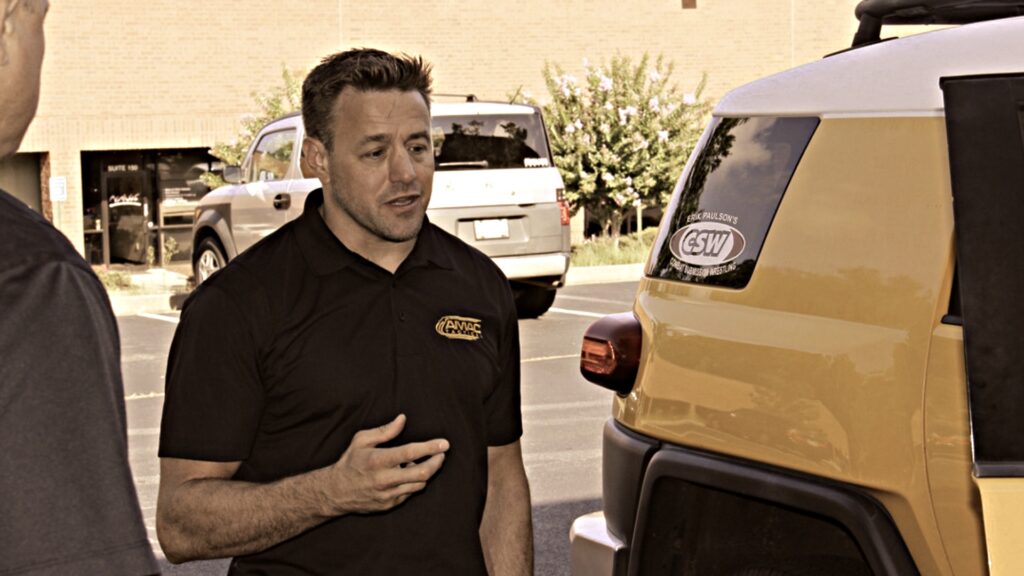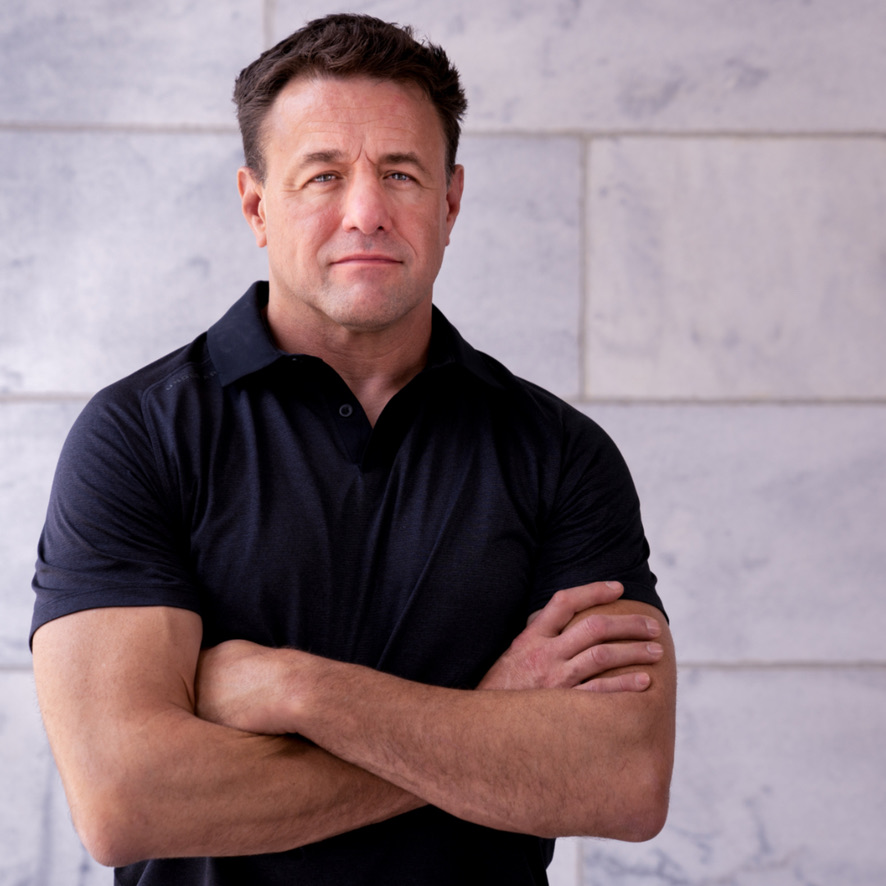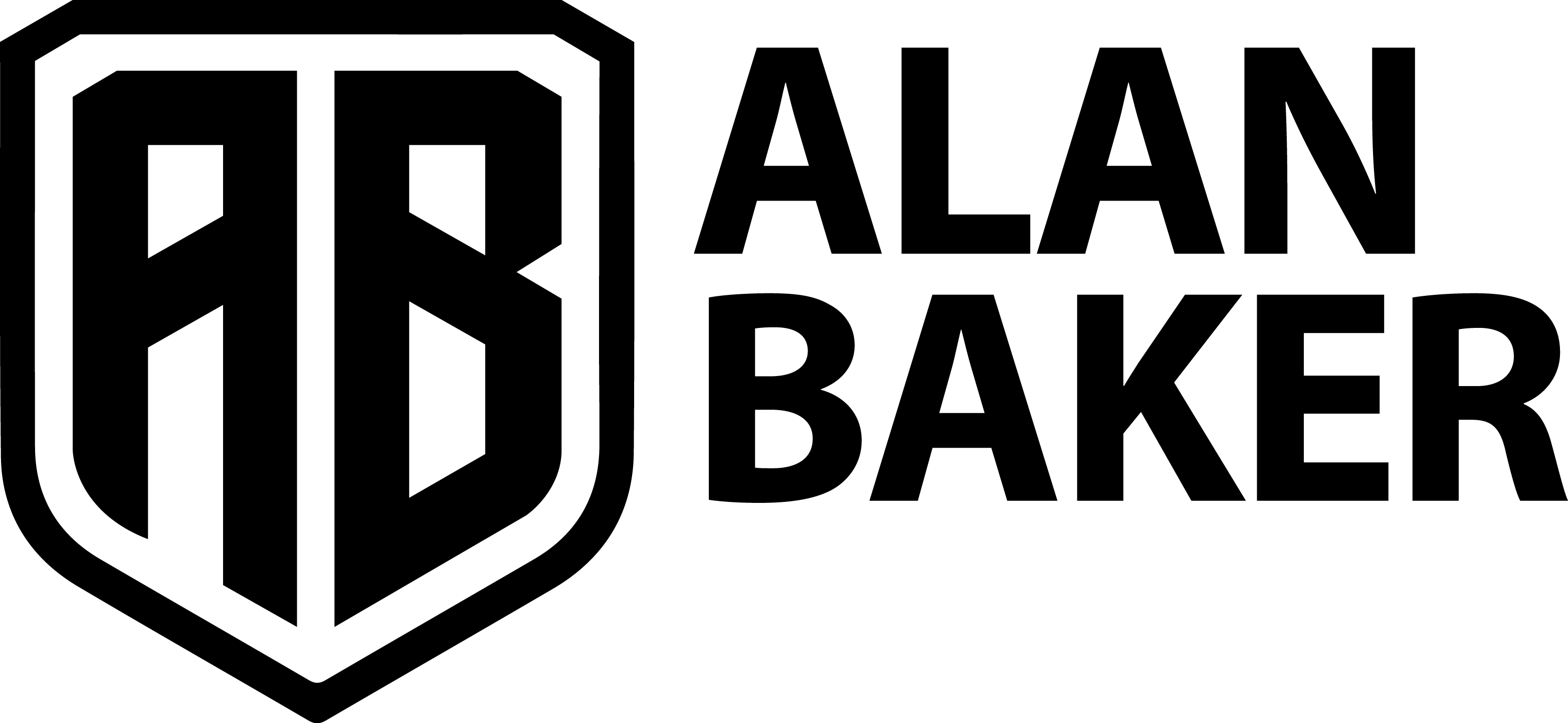
In the realm of personal protection and security, the role and application of martial arts have long been subjects of interest and debate. As someone who has been studying multiple forms of Martial Arts for over 40 years, I’ve observed a fascinating trend where protection schools advertise martial arts courses or feature martial arts champions as instructors. While martial arts undeniably offer valuable skills, especially at “assault level” tactics where the gloves are off, and opponents are committed to higher force levels, there’s a critical gap that needs addressing regarding protection and security training.
Martial Arts: The Assault Level Expertise
Martial arts systems are renowned for their effectiveness in hand-to-hand combat and self-defense. They are designed to equip practitioners with the skills needed when a situation escalates to a full-blown physical altercation. Techniques taught in these systems are created for moments when restraint is no longer an option and one must defend oneself with full force. In this context, martial arts are indeed an invaluable resource, offering a diverse arsenal of moves that can neutralize threats effectively.
However, the real-world application, especially in the protection industry, often paints a different picture. Conversations with highly experienced protection agents reveal that the majority of their physical interactions involve low-level force. These are situations where the threat hasn’t escalated to an all-out assault but still requires a controlled response. Yet, traditional martial arts typically only provide a few strategies for these more common, less intense scenarios. This disconnect between training and real-world needs is where the protection industry often finds itself at a crossroads.
Visual Considerations in Today’s Society
Today’s society is under constant surveillance. Cameras are everywhere, and any action taken by a protection agent has a good chance of being recorded and scrutinized. This visibility means that the way a technique looks can be just as important as its effectiveness. If there are two methods to achieve the same level of control, but one looks less aggressive and more socially acceptable, it’s clear which the modern protector should choose. Yet, the majority of martial arts focus solely on effectiveness, often at the expense of how the actions might appear to an onlooker or, more importantly, a jury.
Considering this, the visual perception and presentation of the system you select are of paramount importance. How your chosen defense techniques appear to onlookers, and potentially in legal contexts, can have significant implications. It’s essential to select a system that not only effectively neutralizes threats but also does so in a socially and legally acceptable manner. The optics of your system reflect not just on the immediate situation but also on your broader professional reputation and ethical standing.
The Importance of Low-Level Controls and Noninsulting Tactics
In light of the need for more visually acceptable techniques, there’s also a pressing requirement for low-level controls that are noninsulting to the threat. These techniques should effectively manage the situation without escalating it further. Unfortunately, such applications are often sidelined in traditional martial arts training, overshadowed by the allure of high-force, high-drama techniques (Run, Jump, Shoot). The reality is that not every protection scenario requires a dramatic takedown or a knockout blow. More often, it requires a calm, controlled response that de-escalates the situation.
As previously discussed, my conversations with agents who have spent decades in high-level security roles revealed a significant insight: the bulk of their physical encounters required only lower levels of force. These seasoned professionals emphasized the rarity of full-scale confrontations and the importance of maintaining composure and discretion during these exchanges. Particularly when operating in high-profile social settings, they had to be acutely aware of the image they projected and the potential embarrassment or reputational damage their actions could cause their clients. This delicate balance between effective response and maintaining a certain decorum is a critical aspect of their roles, underscoring the need for a nuanced approach to physical defense that is both tactful and effective.
Verbal De-Escalation and Language Architecture
Before any physical contact occurs, there’s usually a verbal exchange. How a protector handles this can determine whether the situation escalates or diffuses. Intelligent verbal de-escalation should be an integral part of any protector’s toolkit, yet it’s frequently overlooked in favor of physical techniques. The language architecture used in training is also crucial. Words spoken during a high-stress encounter, often a reflection of one’s training, can have significant implications in any subsequent legal proceedings. The choice of words, therefore, should be as deliberate and practiced as the choice of physical defense techniques.
Your system or method should consider the terminology used in training because that is what will come out under stress.
Effective training should not only focus on physical controls but also seamlessly integrate verbal tactics. It’s common for individuals to become speechless or lose their capacity to communicate effectively under the physical stress of a confrontation. To address this, comprehensive training is necessary to ensure that both verbal and physical responses become instinctive and fluid during an actual situation. For instance, law enforcement officers often practice issuing verbal commands while engaging in range training. They understand that under stress, only well-rehearsed responses will reliably manifest. Similarly, as protection agents, we must adopt this rigorous approach. We need to train ourselves to maintain clear communication and control, using our words as effectively as our actions to manage and de-escalate situations. This dual capability is crucial, enabling us to assert control with confidence and authority, all while adhering to the protocols and maintaining the professional demeanor expected in our line of work.
Litigation and the Image of Training
Consider the potential aftermath of a physical altercation going to court. If the training received focuses solely on high-force martial arts techniques, it might not portray the protector in the best light, especially if the situation didn’t warrant such a high level of force. Training that emphasizes assault-level martial arts might inadvertently set individuals or companies up for litigation, portraying them as overly aggressive and incapable of more measured responses.
This aspect underscores the critical importance of choosing a system with an organized and thoroughly documented curriculum. Such a curriculum should articulate its tactics within a well-considered force continuum, clearly delineating the escalation and de-escalation of force. Moreover, it should encompass explicit training methodologies focused on decision-making processes designed to attempt to de-escalate confrontations rather than escalate them.
This approach is paramount as it ensures that practitioners are not only skilled in physical maneuvers but are also equipped with the cognitive tools to assess situations rapidly and make informed decisions that prioritize minimizing conflict. The aim is to foster a mindset where the first instinct is to diffuse tension and seek a peaceful resolution, resorting to higher levels of force only when absolutely necessary.
Unfortunately, this holistic approach to conflict management, combining tactical proficiency with strategic de-escalation, is often lacking in traditional martial arts systems. Many such systems focus primarily on the physical aspects of defense without adequately addressing the broader context in which these skills may be applied. In contrast, a well-rounded curriculum recognizes the complexities of real-world scenarios and prepares individuals to navigate these with a comprehensive set of skills and strategies. It’s not just about knowing how to respond but understanding the best way to respond for the desired outcome, which, in the case of protection agents, is the safety and well-being of all involved.
Firearm Consideration and Technique Adaptation
Most martial arts do not consider the presence of a firearm a critical factor for armed protectors. Every technique and every movement must account for the firearm, ensuring it remains secure and doesn’t escalate the situation unintentionally. However, many systems claiming to integrate firearm considerations fall short of a genuine, practical application. Techniques must adapt to account for the presence of a firearm, something that most traditional martial arts fail to address adequately.
My personal experience was transformative when I began incorporating my Everyday Carry (EDC) training rig into my martial arts practice. The moment I started integrating knife fighting, kickboxing, pummeling, and grappling while equipped with my EDC, it revolutionized my entire approach. Every fundamental mechanic within each discipline underwent a significant shift; the way I moved, reacted, and executed techniques had to be completely rethought and adjusted.
This profound change wasn’t just a minor tweak in my routine—it necessitated a complete overhaul of my training and curriculum. The realization hit hard that the traditional martial arts I had been practicing hadn’t taken into account the complexities and constraints of wearing a firearm. It became evident that a more sophisticated and nuanced approach was required to truly prepare for real-world scenarios where one might be armed.
The process of redeveloping my training from the ground up was both challenging and enlightening. It involved not only reevaluating the physical aspects of martial arts but also understanding the psychological and tactical shifts needed when carrying a firearm. This journey led me to a deeper understanding of personal defense and protection, emphasizing the importance of a holistic and realistic approach to training. The experience has been invaluable, reshaping my personal practice and how I teach and share these crucial insights with others.
This topic is expansive and multifaceted, and I plan to delve deeper into it in a future article.
Conclusion: The Need for a Comprehensive Protection System
As we navigate the complexities of modern protection needs, it’s clear that a more comprehensive system is required. One that not only teaches effective physical defense techniques but also considers the visual aspect of those techniques incorporates intelligent verbal de-escalation and provides strategies for low-level force situations. It should also address the specific needs of armed protectors and the everyday civilian, ensuring that responses are not only effective but also appropriate and legally defensible.
My awareness of these critical areas stems from my own past perspective when I believed martial arts provided all the necessary answers for protection and defense. However, my viewpoint shifted nearly 15 years ago when the Executive Protection Institute challenged me to develop a program that addressed the very issues we’ve discussed. This challenge was the catalyst for creating the Protection Response Tactics (PRT) program. I now biannually instruct PRT at the EPI 7 Day School, offering over 18 hours of comprehensive training. If you’re seeking further information about this program or wish to explore how it can benefit you, please feel free to reach out to me directly. I’m here to assist and guide you on your journey.

Alan Baker is celebrated for his exceptional skill in creating customized Defensive Tactics Programs and his prowess in high-performance coaching. Tailoring his expertise to meet the needs of law enforcement agencies, military groups, and security companies, Alan crafts training curriculums that are grounded in practical techniques, adaptability to real-life scenarios, and intensive, situation-specific exercises. His training methodologies are meticulously designed to elevate the operational effectiveness and situational preparedness of individuals in high-stakes environments. Learn more about Alan’s distinctive programs here.
Beyond his tactical acumen, Alan is also a foremost “mindset” coach, adept at tapping into the untapped potential within individuals. He is particularly attuned to the current societal trend that often overlooks traditional masculinity and the cultivation of strength. Addressing this, Alan champions the development of a warrior spirit — the readiness to confront chaos and take decisive action when necessary. He passionately mentors professionals, entrepreneurs, and individuals on their personal development journeys, focusing on fostering a mindset dedicated to excellence. His coaching is anchored in pragmatic strategies that fortify mental resilience, enhance focus, and stimulate drive. Engaging with Alan sets you on a transformative journey where mental obstacles are overcome, innate strengths are recognized and honed, and your objectives become distinctly attainable. His insights are key in boosting performance and developing a mindset geared for victorious accomplishments.
For a deeper exploration of Alan’s mindset philosophy and his approach to empowering especially men to embrace their strength and resilience, delve into his insightful collection of books. If you’re ready to accelerate your personal and professional growth under Alan’s expert guidance, connect through his official website.

